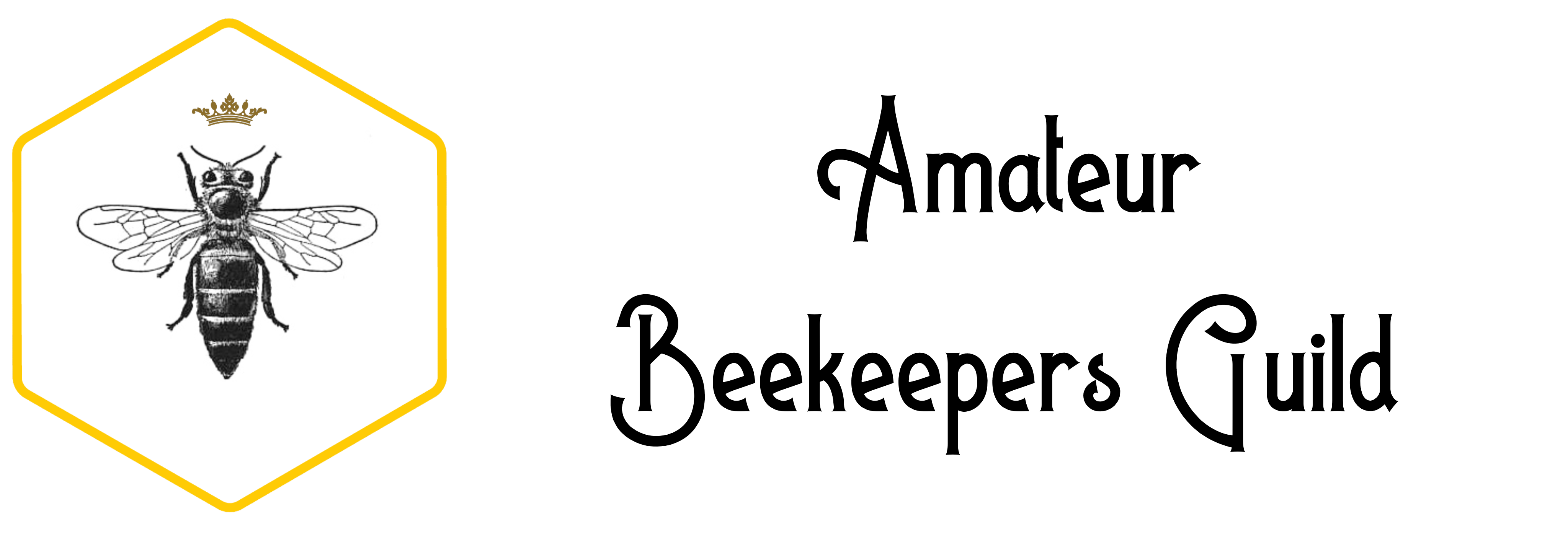Honey is basically the sweet nectar from a plant’s flower, collected by a bee, evaporated by other bees, and stored in a bee hive.
There are many types of honey available to buy, and the choice is increasing by the day. Typically, supermarket honeys are a mix of blends so that they deliver a consistent taste, however, raw honey, produces a range colours and flavours, from light and floral to dark and strong tasting. Honey is also presented in a range of forms, liquid, creamed or candied honey. You can even buy honey in the comb, which you might be lucky to find at your local market. Honey in the comb — the ultimate sweet treat, is the purest of all honey and brings the best of health benefits, perfectly packaged -you can even eat the wax!
There are many different sorts of bees in the world, and many of them produce honey, but the main type of honey-producing bee is Apis mellifera.
Bees’ primary job is to collect food for the colony namely, a sweet liquid from flowers called nectar and a powdery plant protein called pollen. To turn nectar into honey the bees dehydrate the nectar and mix it with enzymes from glands on their body. Both nectar and pollen are stored in the hive for future food.
Honey is made up of
-
Natural plant sugars 80%
-
Moisture 17%
-
Minerals 3%
Flavour and Colour
Many thousands of types of plants produce nectar and pollen, so potentially there are many thousands of types of honey – just add flora!
The flowers bees visit give honey its flavour and colour. When honeybees visit a mixed patch of flowers, a special perfume left by the scout bee tells the workers to take the nectar from only one source so that honey in the hive is but one honey type.
Honeybees have an excellent sense of smell to distinguish between the different perfumes of the flowers and also have a “perfume dispenser” to tell other bees the types of flowers that have been chosen. The bee can also distinguish colours in the blue/green end of the spectrum – and has a time sense, too. There are more floral sources ideal for honey making in Australia than any other country – so we have the widest range of tastes and colours.
The best loved Australian honey flavours come from
-
Blue gum – light amber, choice forest honey from the south
-
Karri – amber honey from the forests of Western Australia
-
Leatherwood – a deep gold colour, and a unique honey from the west coast of Tasmania and also Western Australia, quick to candy
-
Lucerne – mild-tasting honey
-
Yellow box – pale and sweet honey from New South Wales, Victoria and Oueensland, slow to granulate and one of the honeys classified as low GI
-
Stringy bark – strong flavoured, medium amber honey, also considered low GI
-
Tea-tree – very strong-flavoured honey, and has gained popularity as ‘Manuka’-like, from the south, and south-eastern states
-
White clover –extra white honey that candies smoothly, so is good for whipping into desserts
… and there are many more!

